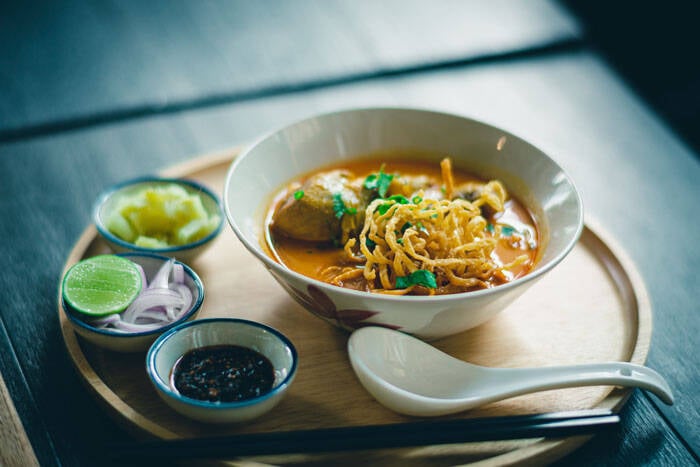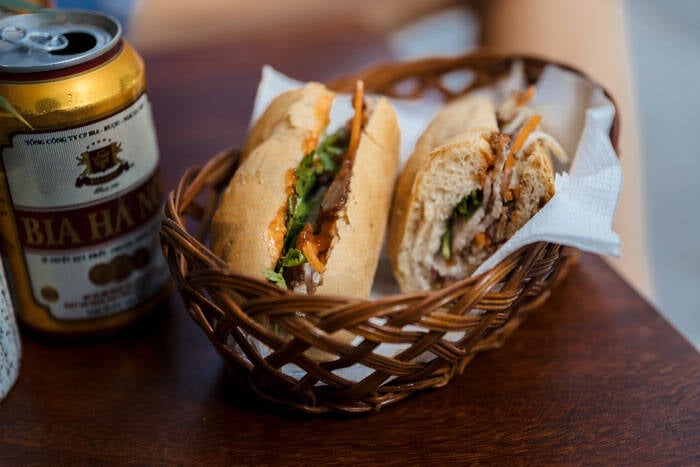The more we learn, the more variation we bring to our plates. In this age of superfoods, one craze follows another. Often inspired by a chef or influencer who has gained new knowledge during a trip abroad, and that he or she shares with the world. There's the super grain quinoa success story that gained popularity out of nowhere. With the global run on quinoa, prices rose in the Latin American countries of origin. Due to high demands in export, quinoa that was still available, became too expensive for some. Eventually, large agribusinesses entered the market, threatening to force traditional Latin American farmers out of the market. It’s an example of how our food tourism can unintentionally have major consequences.
Risks of traveling
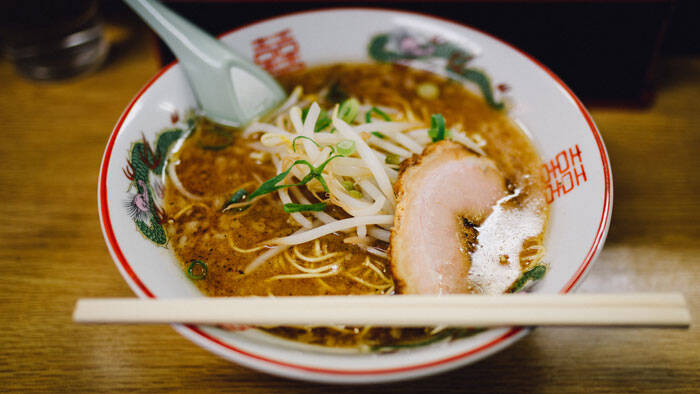
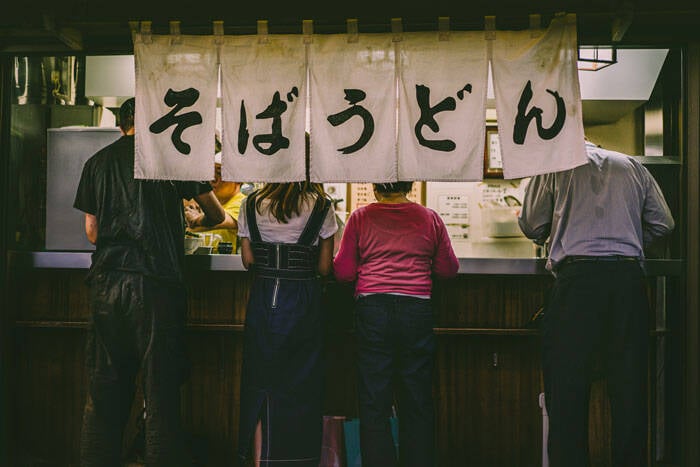
Paying tribute
Food travels can be wonderful. But when recipes from different countries and cultures are included in cookbooks or on menu’s back home, without mentioning the heritage it can create controversy. Where does culinary inspiration end and become culinary appropriation? The chef who wasn’t the first to travel for inspiration, but probably made it bigger than anyone else in the Industry is Jamie Oliver. He forms an example of how to tackle this topic. His cookbooks are full of encounters with good friends, mentors, sources of inspiration and in dozens of recipes in which he mentions the supplier, cook or provides information about who inspired him, and who taught him the art of a certain dish. While Oliver's name (or his nickname Naked Chef) is prominently featured on the cover, the recipes are overflowing with respect and appreciation for the people taught and inspired him. And he does so consistently, even his YouTube channel is full of guest chefs who are given a platform to make recipes from their own culture and talk about their food culture.
Traveling is learning. It’s a fact that applies to us humble mortals, but it may be even more true for chefs. After a trip abroad, many return to their kitchens not only as a different person, but also as a different professional. Look at the American Michelin star chef David Chang who was touched by the art of ramen in Japan or the Dutch chef Soenil Bahadoer who was amazed by the knowledge about potatoes in Peru. Countless more examples can be found; every chef travels to taste.
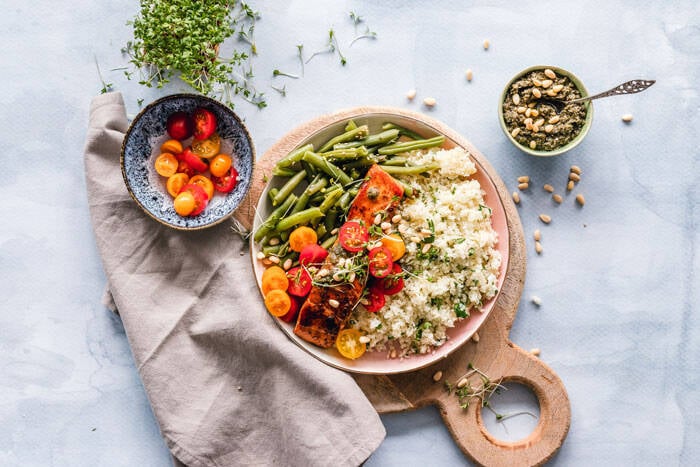


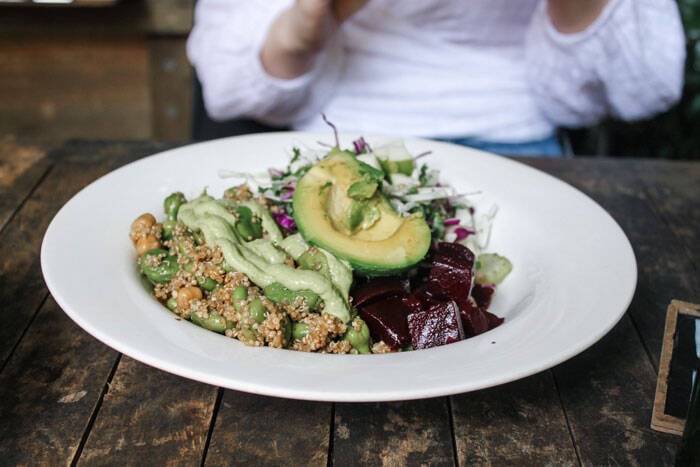
But it's not just millennials who are increasingly traveling (among other things) to eat. Research firm Skift asked American travelers if they ever traveled especially to eat in a certain place, and 42% of all respondents answered in the affirmative.
The 2018 global survey by Tasty Travel found that in the category cities, Paris is the most important food destination in the world. The list was completed by Tokyo, Rome, London, New York, Barcelona and Madrid.
The new F-words. When you ask millennials why they travel, festivals and food are important drivers. Research by the WYSE Travel Confederation shows that 27% of millennial travelers said they were very likely to splurge on festivals and events during an international trip. Food and drink experiences have an even stronger influence on millennial wallets, with 37% saying they were very likely to splurge on both. In fact, a Hotels.com survey questioning millennials from Singapore, found that for 87% food is the main reason for booking a destination.
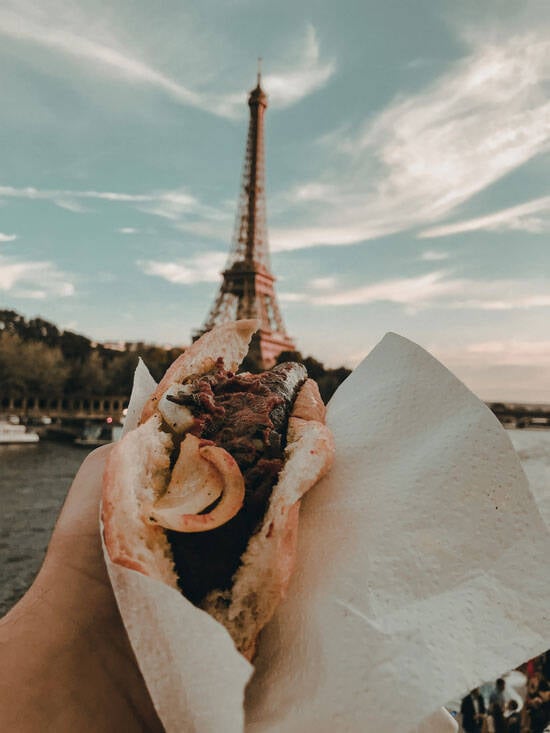


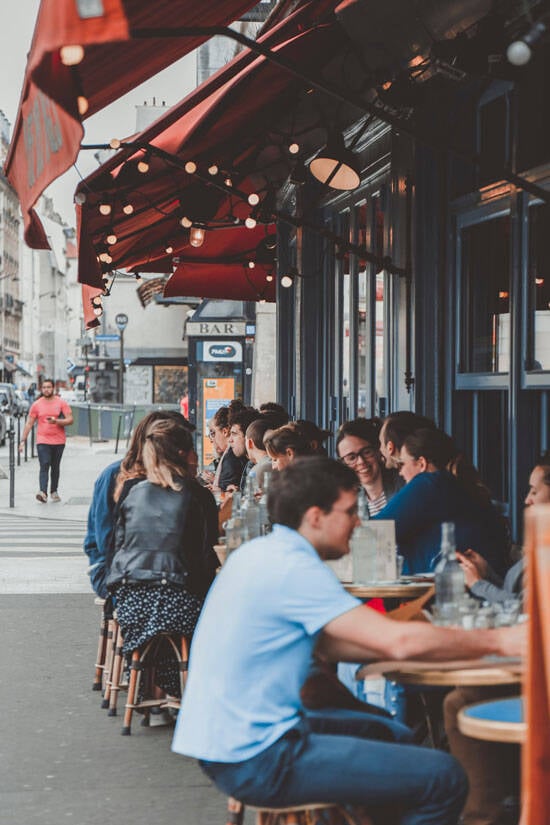


It's the golden era of food. Never before have food and the people who prepare it, received more attention than today. Social media almost seems developed to share photos of the moments we eat. From breakfast to late night comfort food. In addition, television programs involving food have had booming viewing figures for years, because they create curiosity. When all that global food inspiration is accessible on peoples phones, it's not surprising that millennials and Gen Z are traveling more than ever to taste new things.
We travel to discover cultures, languages and landscapes. But nowadays we travel more and more to taste new foods. Of course, the food in Thailand, Bali and Peru has always been a pleasant side effect of a trip, but the current generation of travelers take trips with the purpose of tasting new flavours.
Joost Scholten Xiao Er Kong


miles
food
The new generation of tourists, travel to eat



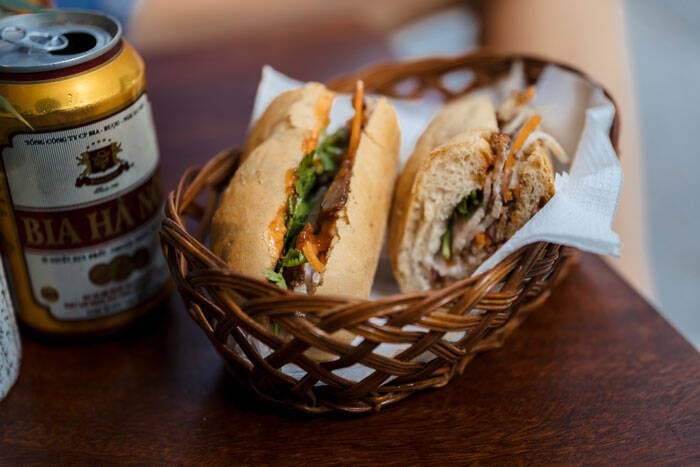
expert opinion
3 min
food miles
The new generation of tourists, travel to eat
The more we learn, the more variation we bring to our plates. In this age of superfoods, one craze follows another. Often inspired by a chef or influencer who has gained new knowledge during a trip abroad, and that he or she shares with the world. There's the super grain quinoa success story that gained popularity out of nowhere. With the global run on quinoa, prices rose in the Latin American countries of origin. Due to high demands in export, quinoa that was still available, became too expensive for some. Eventually, large agribusinesses entered the market, threatening to force traditional Latin American farmers out of the market. It’s an example of how our food tourism can unintentionally have major consequences.
Risks of traveling
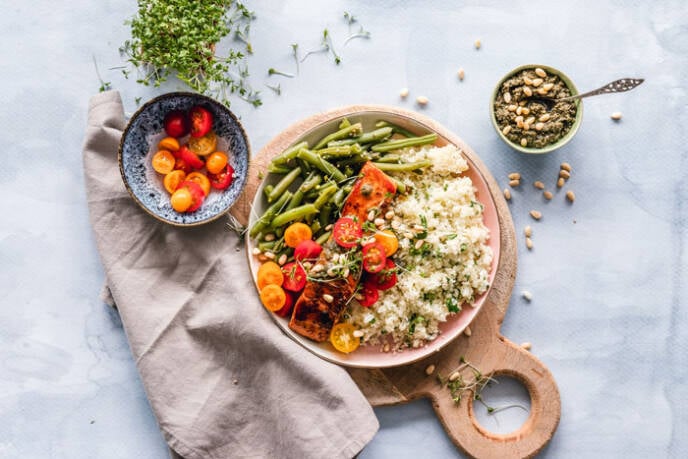

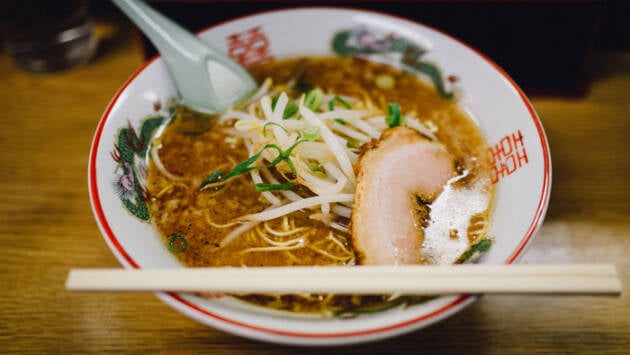


Paying tribute
Food travels can be wonderful. But when recipes from different countries and cultures are included in cookbooks or on menu’s back home, without mentioning the heritage it can create controversy. Where does culinary inspiration end and become culinary appropriation? The chef who wasn’t the first to travel for inspiration, but probably made it bigger than anyone else in the Industry is Jamie Oliver. He forms an example of how to tackle this topic. His cookbooks are full of encounters with good friends, mentors, sources of inspiration and in dozens of recipes in which he mentions the supplier, cook or provides information about who inspired him, and who taught him the art of a certain dish. While Oliver's name (or his nickname Naked Chef) is prominently featured on the cover, the recipes are overflowing with respect and appreciation for the people taught and inspired him. And he does so consistently, even his YouTube channel is full of guest chefs who are given a platform to make recipes from their own culture and talk about their food culture.
Traveling is learning. It’s a fact that applies to us humble mortals, but it may be even more true for chefs. After a trip abroad, many return to their kitchens not only as a different person, but also as a different professional. Look at the American Michelin star chef David Chang who was touched by the art of ramen in Japan or the Dutch chef Soenil Bahadoer who was amazed by the knowledge about potatoes in Peru. Countless more examples can be found; every chef travels to taste.
But it's not just millennials who are increasingly traveling (among other things) to eat. Research firm Skift asked American travelers if they ever traveled especially to eat in a certain place, and 42% of all respondents answered in the affirmative.

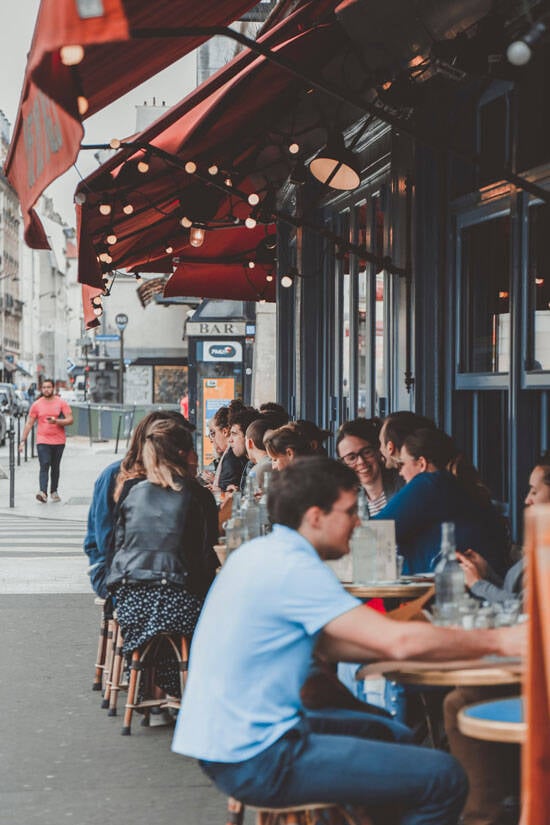
The 2018 global survey by Tasty Travel found that in the category cities, Paris is the most important food destination in the world. The list was completed by Tokyo, Rome, London, New York, Barcelona and Madrid.
The new F-words. When you ask millennials why they travel, festivals and food are important drivers. Research by the WYSE Travel Confederation shows that 27% of millennial travelers said they were very likely to splurge on festivals and events during an international trip. Food and drink experiences have an even stronger influence on millennial wallets, with 37% saying they were very likely to splurge on both. In fact, a Hotels.com survey questioning millennials from Singapore, found that for 87% food is the main reason for booking a destination.



It's the golden era of food. Never before have food and the people who prepare it, received more attention than today. Social media almost seems developed to share photos of the moments we eat. From breakfast to late night comfort food. In addition, television programs involving food have had booming viewing figures for years, because they create curiosity. When all that global food inspiration is accessible on peoples phones, it's not surprising that millennials and Gen Z are traveling more than ever to taste new things.
We travel to discover cultures, languages and landscapes. But nowadays we travel more and more to taste new foods. Of course, the food in Thailand, Bali and Peru has always been a pleasant side effect of a trip, but the current generation of travelers take trips with the purpose of tasting new flavours.
Joost Scholten Xiao Er Kong
3 min

miles
food

